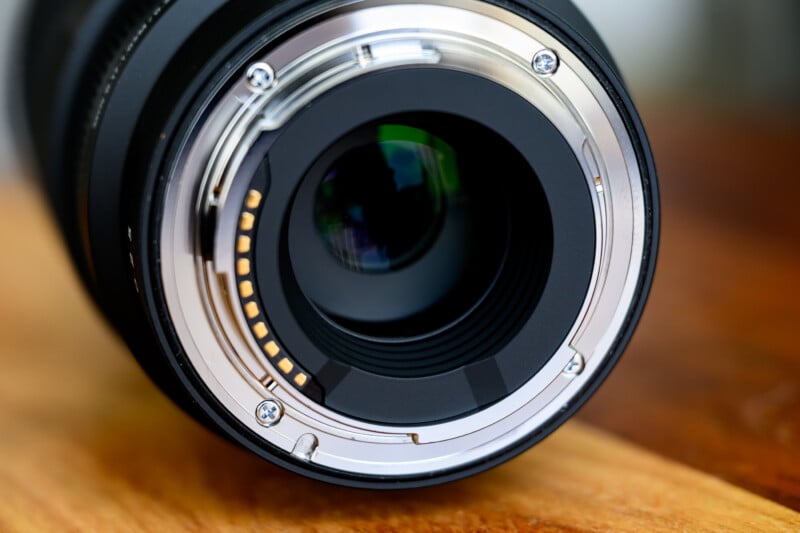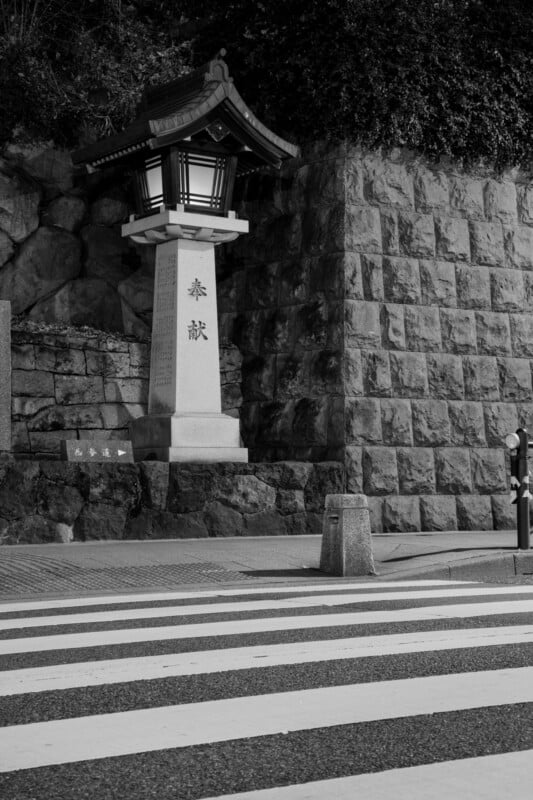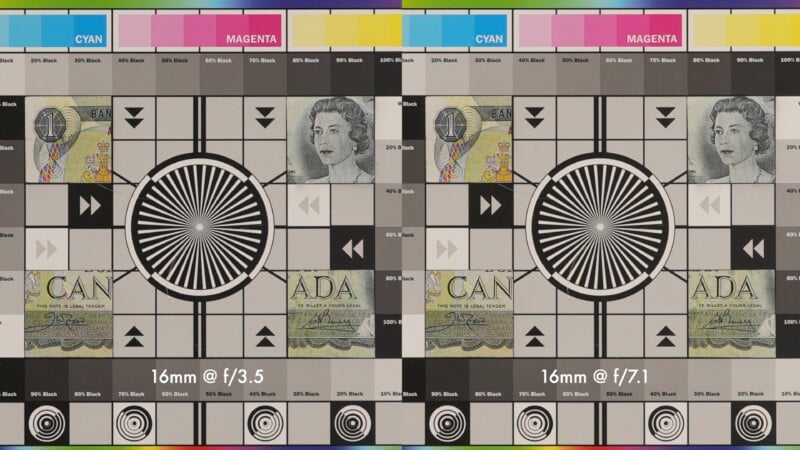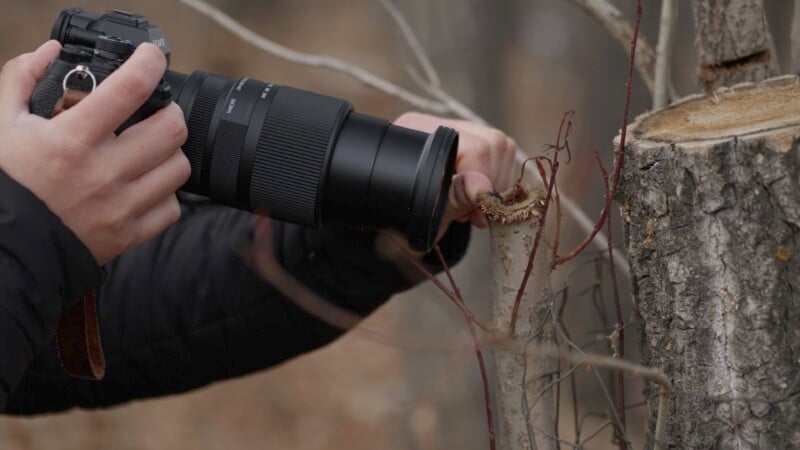Sigma 16-300mm f/3.5-6.7 DC OS Review: A Long-Awaited Return
In the DSLR days, Sigma was well known for making affordable super-zoom lenses that traded convenience for some image quality. However, recently, Sigma has transformed itself into a preeminent optics manufacturer, building high-grade lenses that many professionals prefer over OEM glass options. Now Sigma is back at it, and it’s a welcome return.


While Tamron has continued to make useful super-zoom lenses for the latest mirrorless cameras, Sigma has not released anything like this for APS-C mirrorless cameras — until now. Sigma finally announced a new 16-300mm lens at CP+ 2025 and I got to test it out on the streets of Tokyo, Japan. After so many years, what kind of compromises can we expect in a lens that promises to be as versatile as this latest Contemporary series offering?
Sigma 16-300mm f/3.5-6.7 DC OS Review: How it Handles
Any super-zoom lens needs to be portable and easy to travel with. The 16-300mm only tips the scales at 21.7 ounces (615 grams) and although it has some physical length to it, the 67mm filter diameter and subsequently thinner dimensions of the lens barrel itself are very manageable. I had no issues fitting the camera and lens into smaller camera bags and the weight is easy to walk around with, all day long. You don’t have to fret about inclement weather because Contemporary lenses are sealed against the elements quite well. This is the kind of lens you can happily throw over your shoulder and wander without needing any additional gear.



Physical controls are fairly sparse. There is a large zoom ring that has a good amount of resistance to turning and also a switch to lock the zoom ring in place to eliminate lens creep altogether but it protrudes a fair amount from the lens barrel and I found myself inadvertently locking it by simply pulling the camera out of the bag. There is also a simple manual focus ring right next to the lens mount. The lens has an optical image stabilizer that is rated for around six stops but there is no switch to disengage this on the lens, so any toggling will have to be done within the camera menus. There is also no manual focus selector switch.



The autofocusing experience is certainly acceptable for the kind of sports and action that the target audience for this lens will photograph. Twin HLA motors work quickly to drive the lens elements and I found the focusing speed to be excellent for the ducks and swans that we photographed in Aizu, Japan. I’m confident this lens will deal with children and pet photos without issue and can be pressed into service for the occasional more serious wildlife shot too.



Sigma 16-300mm f/3.5-6.7 DC OS Review: How it Shoots
Versatility is key with any super-zoom lens and the Sigma contributes to the idea of an all-in-one lens by providing excellent macro capabilities. The Sigma 16-300mm boasts a 1:2 life-size macro ratio at 70mm. You can get very usable close-up shots but with two important caveats.
First, to get this maximum magnification, you have to be within about an inch of the front element and this will often lead to a shadow being cast over the subject. Second, I don’t find the sharpness of the lens to be ideal when at this closest setting. However, I did enjoy using this lens from a little farther away physically and found the overall results better from farther away too.
Regardless, there is no denying that the Sigma 16-300mm can be a fun close-up lens that really accentuates smaller details found along your travels and I enjoyed this aspect of the lens greatly.
![]()


The excellent Sigma coatings do a great job of preventing flare and ghosting. Despite the rather complicated lens formula of a super-zoom optic, the 16-300mm is largely free of any washed-out flare spots or distracting ghosts, and the overall contrast is well-maintained when shooting towards bright light sources. Bokeh has a fairly pleasing roundness to specular highlights and it is possible to get some fairly out-of-focus backgrounds given the telephoto nature of this lens. However, I found specular highlights to have a strong soap bubble effect and lots of onion rings present. Unfortunately, this created backgrounds with a very harsh and overly distracting look to them. Any areas of the image that are even slightly out of focus tend to have a harsh-looking double-image effect to them and overall, I would say that bokeh is not the 16-300mm lens’ strong point.



Let’s talk about sharpness next and I want to start by saying that a super-zoom lens like this is going to rely heavily on digital correction. This means that issues like chromatic aberrations or distortion are going to be present and will have to be removed either in image editing software or within the camera itself when shooting JPEGs. In most cases, these digital corrections are easy to apply with minimal loss of quality but the 16-300mm does have quite a bit of distortion, so bear that in mind.



Sharpness in the center of the lens is quite good at the 16mm mark, with excellent contrast and good detail wide open. Stopping down only serves to better the image quality across the frame. The corners of the image don’t live up to this same standard with a fair amount of blur that can’t be eliminated, even when stopping the aperture down. This is largely going to be because of the amount of digital correction required to straighten the image and often hurts the overall detail in the corrected areas. There is also a fair amount of vignetting which appears at the widest apertures and this also needs to be corrected.



The 300mm range is definitely the stronger part of the lens optically and shows excellent detail and contrast immediately. The corners are better than at 16mm but still show some softness regardless of the aperture used. Vignetting is also an issue at the telephoto range and although the fix is easy, it does introduce some noise and softness to the corners.



Sigma 16-300mm f/3.5-6.7 DC OS Review: Convenience and Compromise
Sigma has given us an eminently convenient optic that combines ruggedness, compactness, and versatility into one package. However, like the super-zoom lenses of old, being a jack-of-all-trades comes with some compromises and the Sigma 16-300mm cannot escape some of the issues that commonly plague such lenses.
What should be appreciated, though, is the extra wide-angle coverage from the 16mm range and the ability to still push out to a 450mm full-frame equivalent field of view. The lens isn’t going to be the sharpest tool in the drawer and it doesn’t gather much light either. But if you are looking for a single lens to cover most of your bases and can accept the limitations of this design, I think you’ll find a perfectly charming traveling companion in the Sigma 16-300mm Contemporary.



Are There Alternatives?
The Tamron 18-300mm f/3.5-6.3 sacrifices a little bit of wide-angle reach to give us a brighter aperture at the telephoto range. It is a well-regarded lens and will provide a similar experience without the 16mm coverage.
Should You Buy It?
Yes. I expected the optical issues that are inherent to the design of a superzoom and despite them, still had a wonderful time traveling with the 16-300mm lens. All’s well that ends well when you go through your photos and treasure the results.